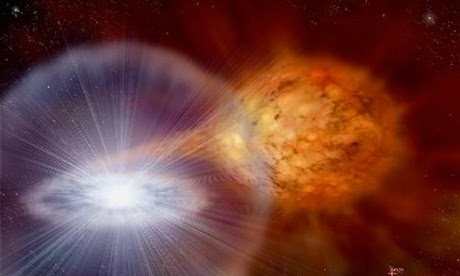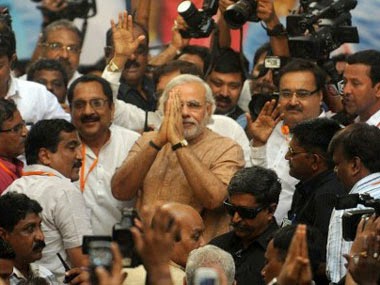With improved fuel efficency Maruti Suzuki India has announced the launch of the next generation Alto K10. The improved version sports a more youthful look and is more fuel efficient delivering 24.07 kilometres per litre, an improvement of 15 per cent over the outgoing model.
The Alto K10 is available in 6 variants including a CNG variant. The auto gear shift technology is also being introduced in the Alto K10.
In addition, the newly added CNG trim powered by Intelligent Gas Port Injection delivers mileage of 32.26 kilometres per kg in CNG model.
Maruti Suzuki created a lot of hype in the Indian automotive industry with the introduction of AMT technology in the domestic market. The first one to receive it was the Celerio hatchback that was launched earlier this year, whereas this time around its the all new Alto K10 that has been launched with an AMT transmission. The new Maruti Suzuki Alto K10 has been launched in six trims – Five trims in Manual transmission and one trim with an AMT technology. The one with AMT transmission is the Vxi trim. The new Alto K10 range is priced between Rs 3.06 lakh to Rs 3.81 lakh (ex-showroom Delhi).
The new Maruti Suzuki Alto K10 is powered by 1.0 litre, K10 engine that uses refined combustion techniques and an ECM remap to deliver a better fuel efficiency figure of about 24.07 kmpl as per ARAI certification. The interior has received refreshingly new upholstery, smart steering wheel, redesigned dashboard and smart looking interiors. On the front fascia, the new Alto K10 sports two-piece grille with a chrome strip. The front bumpers sport a smart look with mated fog lamps. The tail lights have also been redone to render it a smarter appeal.
The Alto K10 is available in 6 variants including a CNG variant. The auto gear shift technology is also being introduced in the Alto K10.
In addition, the newly added CNG trim powered by Intelligent Gas Port Injection delivers mileage of 32.26 kilometres per kg in CNG model.
Maruti Suzuki created a lot of hype in the Indian automotive industry with the introduction of AMT technology in the domestic market. The first one to receive it was the Celerio hatchback that was launched earlier this year, whereas this time around its the all new Alto K10 that has been launched with an AMT transmission. The new Maruti Suzuki Alto K10 has been launched in six trims – Five trims in Manual transmission and one trim with an AMT technology. The one with AMT transmission is the Vxi trim. The new Alto K10 range is priced between Rs 3.06 lakh to Rs 3.81 lakh (ex-showroom Delhi).
The new Maruti Suzuki Alto K10 is powered by 1.0 litre, K10 engine that uses refined combustion techniques and an ECM remap to deliver a better fuel efficiency figure of about 24.07 kmpl as per ARAI certification. The interior has received refreshingly new upholstery, smart steering wheel, redesigned dashboard and smart looking interiors. On the front fascia, the new Alto K10 sports two-piece grille with a chrome strip. The front bumpers sport a smart look with mated fog lamps. The tail lights have also been redone to render it a smarter appeal.












